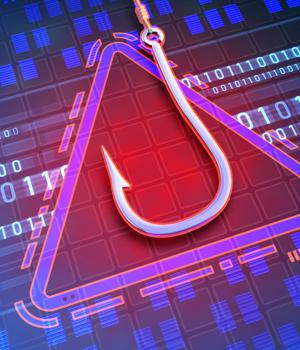Security News > 2023 > August > Threat actors abuse Google AMP for evasive phishing attacks

Security researchers are warning of increased phishing activity that abuses Google Accelerated Mobile Pages to bypass email security measures and get to inboxes of enterprise employees.
Google AMP is an open-source HTML framework co-developed by Google and 30 partners to make web content load faster on mobile devices.
The idea behind using Google AMP URLs embedded in phishing emails is to make sure that email protection technology does not flag messages as malicious or suspicious due to Google's good reputation.
Data from anti-phishing protection company Cofense shows that the volume of phishing attacks employing AMP spiked spiked significantly towards mid-July, suggesting that threat actors may be adopting the method.
Cofense says the phishing actors who abuse the Google AMP service also employ a range of additional techniques that collectively help evade detection and increase their success rate.
The attackers used an extra redirection step, abusing a Microsoft.com URL to take the victim to a Google AMP domain and eventually to the actual phishing site.
News URL
Related news
- Threat actors abuse Google Apps Script in evasive phishing attacks (source)
- Google fixes Android zero-days exploited in attacks, 60 other flaws (source)
- Who's calling? The threat of AI-powered vishing attacks (source)
- iOS devices face twice the phishing attacks of Android (source)
- Windows NTLM hash leak flaw exploited in phishing attacks on governments (source)
- Phishers abuse Google OAuth to spoof Google in DKIM replay attack (source)
- Three Reasons Why the Browser is Best for Stopping Phishing Attacks (source)
- Phishing detection is broken: Why most attacks feel like a zero day (source)
- DPRK Hackers Steal $137M from TRON Users in Single-Day Phishing Attack (source)
- Google: 97 zero-days exploited in 2024, over 50% in spyware attacks (source)